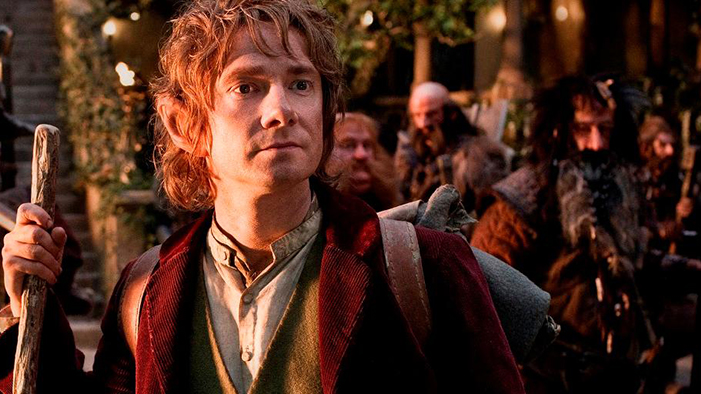The brief exchange between Petruchio and the tailor in
For Petruchio, the unsatisfying encounter with the tailor drives home the message that people do not need to observe societal conventions to be happy and successful. The tailor proposes a fashionable gown for Kate that would require her to slip her arms into billowing sleeves “like a demi-cannon,” but Petruchio encourages her to reject the fashion and dress in a way that makes her feel comfortable. Petruchio turns down the “fashion of the time” for it does not accord with his own “custom,” and he prefers his personal style to the expectations of others. He declares that he and Kate will approach her father in their own shabby outfits, because the beauty of their personalities will shine through, and “the mind will make the body rich.” Petruchio’s exchange with the tailor suggests that people should rely more on their own instincts, thoughts, and styles than on the ideas that the outside world tries to impose on them.
Likewise, Christopher Sly’s story presents the idea that people can look past others’ perceptions of their worth, appearance, and status, and invent their own place in society. Christopher’s story begins with his abuse and scolding at the hands of a hostess, a powerful community figure who reinforces Christopher’s own sense of himself as worthless. But through the intervention of a benevolent and mysterious lord, Christopher learns to “let the mind make the body rich.” The lord and his servants change Christopher’s clothes and treat him as if he were a powerful man, so Christopher examines the sensory evidence and decides that this revelation is true. Within a matter of minutes, he imagines himself as a man worthy of female companionship, capable of understanding theater, and entitled to an education. By the power of self-invention, Christopher casts aside societal prejudice and experiences a comical but moving re-birth.
On a much broader canvas, Shakespeare paints a picture of Katherine’s personal change, thus lending further credence to Petruchio’s notion that people can wrest control of their own identities from the hands of a cruel, discouraging society. When we first see Katherine, she is labeled a shrew by everyone she encounters (most disturbingly her father), and so she behaves in a predictably shrewish, loathsome manner. But like the lord in Christopher’s story, Petruchio sees potential for reinvention in everyone he encounters, and he thus tells Katherine that she is actually mild, lovable, and generous. Borne on by the gift of Petruchio’s encouragement, Katherine begins to see herself as a loving and valuable member of her community. By the end of the play, she has renounced her shrewish habits and encouraged the women around her to emulate her new set of impeccable manners. Again, a character has broken free from societal constraints and re-made herself in her own best image.
The tailor’s brief appearance in Act 4 thus concisely illustrates Shakespeare’s thematic interest in the joys and possibilities of personal change. Petruchio laughs at the tailor’s expectations and decides he will dress as himself, comfortable, confident, and free. Christopher similarly looks past his established role as a drunken fool and begins to turn into a thoughtful, reputable member of society. Most dramatically, Katherine learns to ignore her family’s worst expectations and becomes a thoughtful and generous human being. With the image of the tailor, Shakespeare shows that people do not have to put on the costumes and speak the lines that their communities choose for them.
Read more about the idea of self-improvement in Charles Dickens’s Great Expectations.


 payment page
payment page



